Aymen Khaleel
A Practical Validation of RIS Detection and Identification
Nov 10, 2024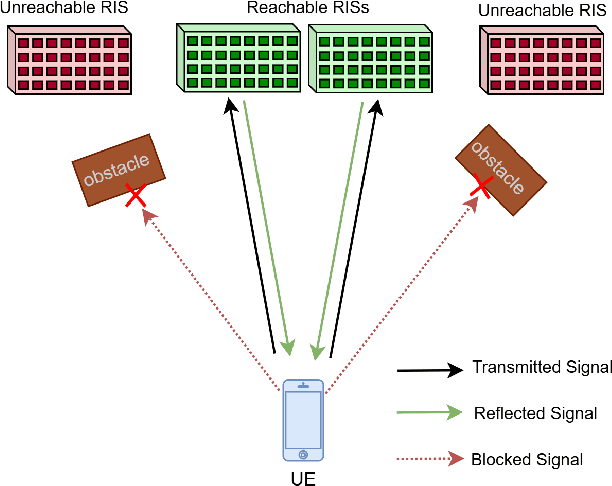
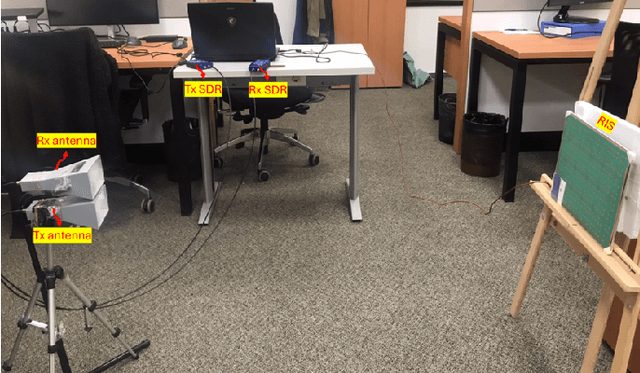
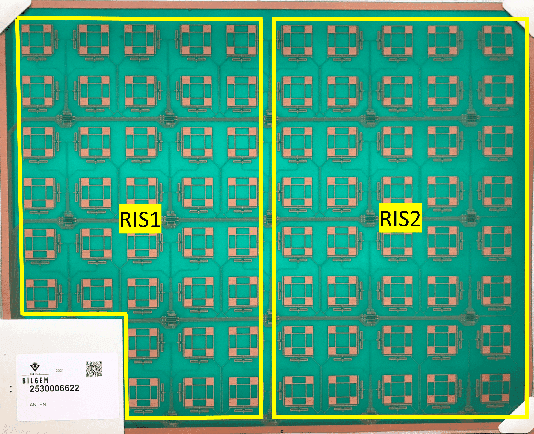
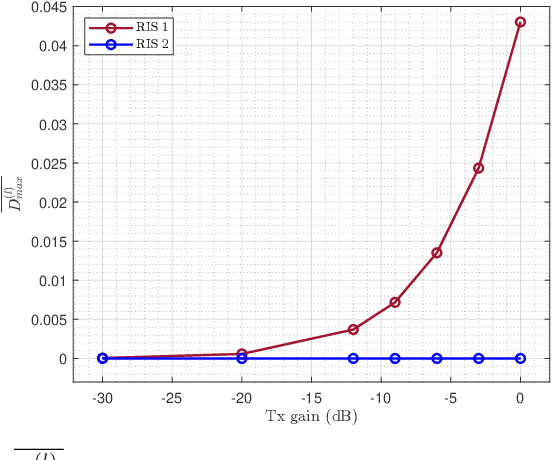
Abstract:Reconfigurable intelligent surface (RIS)-assisted communication is a key enabling technology for next-generation wireless communication networks, allowing for the reshaping of wireless channels without requiring traditional radio frequency (RF) active components. While their passive nature makes RISs highly attractive, it also presents a challenge: RISs cannot actively identify themselves to user equipments (UEs). Recently, a new method has been proposed to detect and identify RISs by letting them modulate their identities in the signals reflected from their surfaces. In this letter, we first propose a new and simpler modulation method for RISs and then validate the concept of RIS detection and identification (RIS-ID) using a real-world experimental setup. The obtained results validate the RIS-ID concept and show the effectiveness of our proposed modulation method over different operating scenarios and systems settings.
A Comprehensive Design Framework for UE-side and BS-Side RIS Deployments
Apr 25, 2024Abstract:Integrating reconfigurable intelligent surfaces (RISs) in emerging communication systems is a fast-growing research field that has recently earned much attention. While implementing RISs near the base station (BS), i.e., BS-side RIS, or user equipment (UE), i.e., UE-side RIS, exhibits optimum performance, understanding the differences between these two deployments in terms of the system design perspective needs to be clarified. Critical design parameters, such as RIS size, phase shift adjustment, control link, and element type (passive/active), require greater clarity across these scenarios. Overlooking the intricacies of such critical design parameters in light of 6G demands endangers practical implementation, widening the gap between theoretical insights and practical applications. In this regard, our study investigates the impact of each RIS deployment strategy on the anticipated 6G requirements and offers tailored RIS design recommendations to fulfill these forward-looking requirements. Through this, we clarify the practical distinctions and propose a comprehensive framework for differentiating between BS-side and UE-side RIS scenarios in terms of their design parameters. Highlighting the unique needs of each and the potential challenges ahead, we aim to fuse the theoretical underpinnings of RIS with tangible implementation considerations, propelling progress in both the academic sphere and the industry.
A Simple Detection and Identification Scheme For Reconfigurable Intelligent Surfaces
Feb 19, 2024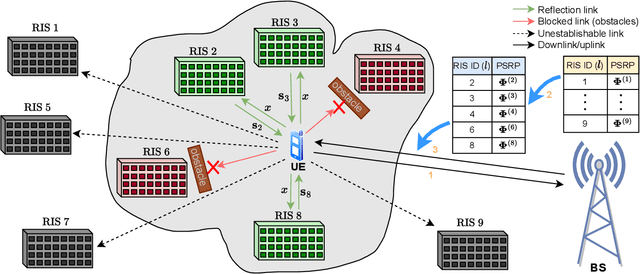
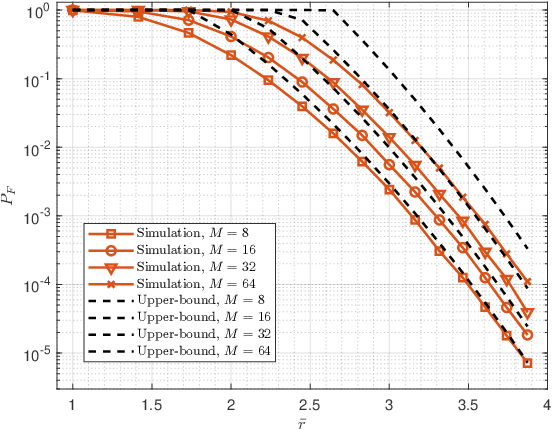
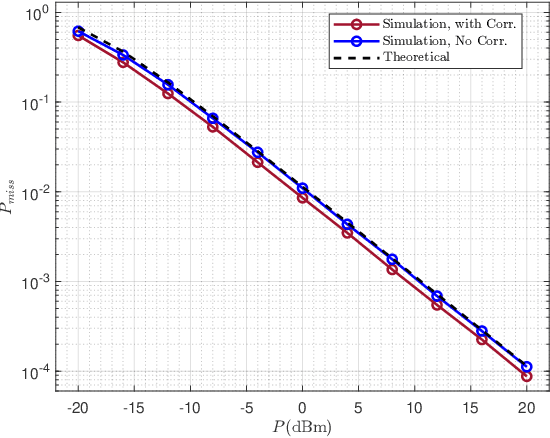
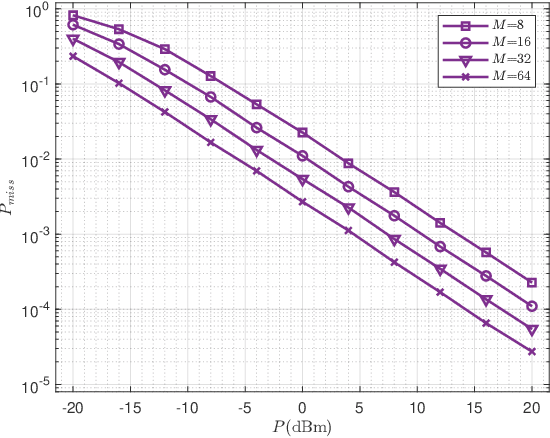
Abstract:Reconfigurable intelligent surface (RIS)-empowered communication is one of the promising physical layer enabling technologies for the sixth generation (6G) wireless networks due to their unprecedented capabilities in shaping the wireless communication environment. RISs are modeled as passive objects that can not transmit or receive wireless signals. While the passiveness of these surfaces is a key advantage in terms of power consumption and implementation complexity, it limits their capability to interact with the other active components in the network. Specifically, unlike conventional base stations (BSs), which actively identify themselves to user equipment (UEs) by periodically sending pilot signals, RISs need to be detected from the UE side. This paper proposes a novel RIS identification (RIS- ID) scheme, enabling UEs to detect and uniquely identify RISs in their surrounding environment. Furthermore, to assess the proposed RIS-ID scheme, we propose two performance metrics: the false and miss detection probabilities. These probabilities are analytically derived and verified through computer simulations, revealing the effectiveness of the proposed RIS-ID scheme under different operating scenarios.
Electromagnetic Interference Cancellation for RIS-Assisted Communications
Apr 10, 2023



Abstract:Reconfigurable intelligent surface (RIS)-empowered communication is an emerging technology that has recently received growing attention as a potential candidate for next-generation wireless communications. Although RISs have shown the potential of manipulating the wireless channel through passive beamforming, it is shown that they can also bring undesired side effects, such as reflecting the electromagnetic interference (EMI) from the surrounding environment to the receiver side. In this study, we propose a novel EMI cancellation scheme to mitigate the impact of the EMI by exploiting its special time-domain structure and considering a clever passive beamforming method at the RIS. Compared to its benchmark, computer simulations show that the proposed scheme achieves superior performance in terms of the average signal-to-interference-plus-noise ratio (SINR) and outage probability (OP), especially when the EMI power is comparable to the power of the information signal impinging on the RIS surface.
Phase Shift-Free Passive Beamforming for Reconfigurable Intelligent Surfaces
Aug 20, 2022



Abstract:Reconfigurable intelligent surface (RIS)-assisted communications recently appeared as a game-changing technology for next-generation wireless communications due to its unprecedented ability to reform the propagation environment. One of the main aspects of using RISs is the exploitation of the so-called passive beamforming (PB), which is carried out by adjusting the reflection coefficients (mainly the phase shifts) of the individual RIS elements. However, practically, this individual phase shift adjustment is associated with many issues in hardware implementation, limiting the RIS achievable gain. In this paper, we propose a low-cost, phase shift-free and novel PB scheme by only optimizing the on/off states of the RIS elements while fixing their phase shifts. The proposed PB scheme is shown to achieve the same scaling law (quadratic growth with the RIS size) for the signal-to-noise ratio as in the classical phase shift-based PB scheme, yet, with far less sensitivity to spatial correlation and phase errors. We provide a unified mathematical analysis that characterizes the performance of the proposed PB scheme and obtain the outage probability for the considered RIS-assisted system. Based on the provided computer simulations, the proposed PB scheme is shown to have a clear superiority over the classical one under different performance metrics.
STAR-RIS-NOMA Networks: An Error Performance Perspective
Feb 19, 2022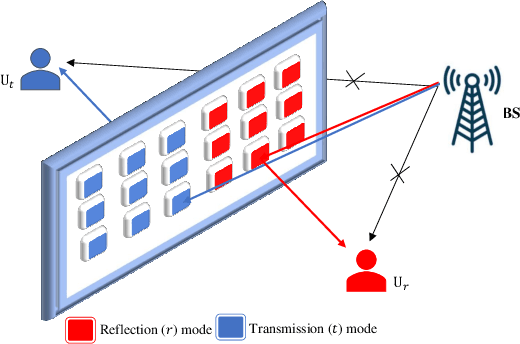
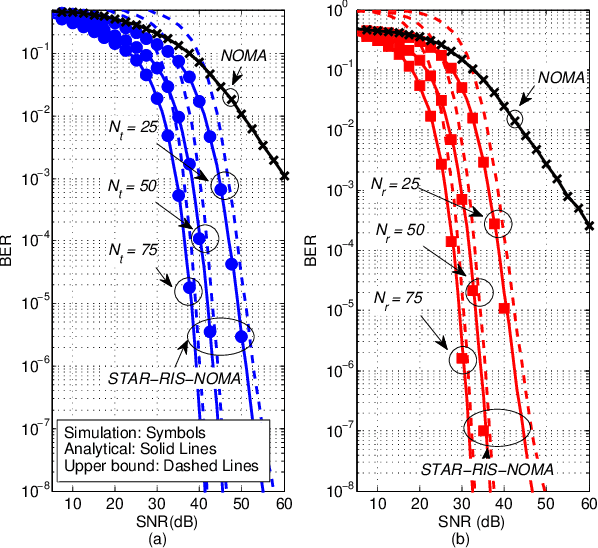
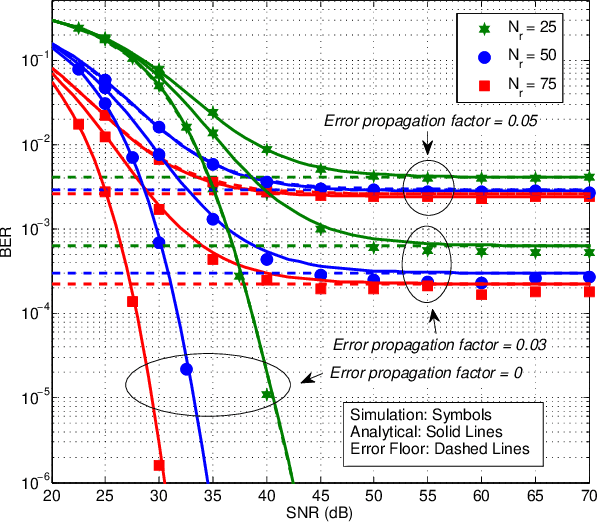

Abstract:This letter investigates the bit error rate (BER) performance of simultaneous transmitting and reflecting reconfigurable intelligent surfaces (STAR-RISs) in non-orthogonal multiple access (NOMA) networks. In the investigated network, a STAR-RIS serves two non-orthogonal users located on either side of the surface by utilizing the mode switching protocol. We derive the closed-form and upper bound BER expressions in perfect and imperfect successive interference cancellation cases. Furthermore, asymptotic analyses are also conducted to provide further insights into the BER behavior in the high signal-to-noise ratio region. Finally, the accuracy of our theoretical analysis is validated through Monte Carlo simulations. The obtained results reveal that the BER performance of STAR-RIS-NOMA outperforms that of the classical NOMA system, and STAR-RIS might be a promising NOMA 2.0 solution.
Simultaneous Transmitting and ReflectingIntelligent Surfaces-Empowered NOMA Networks
Oct 11, 2021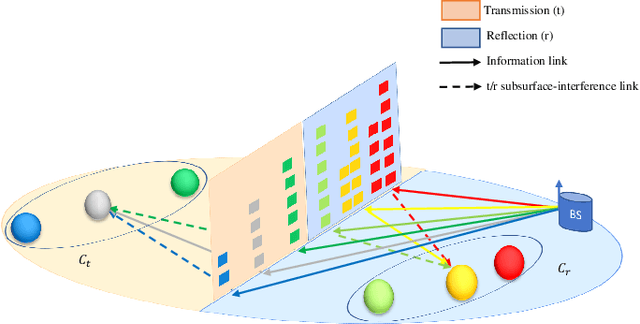

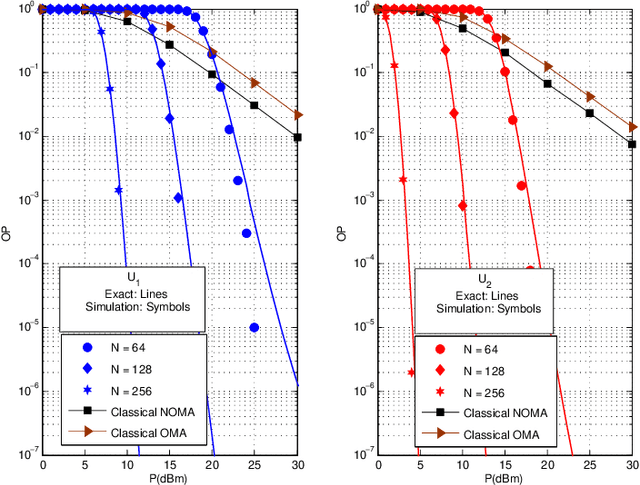
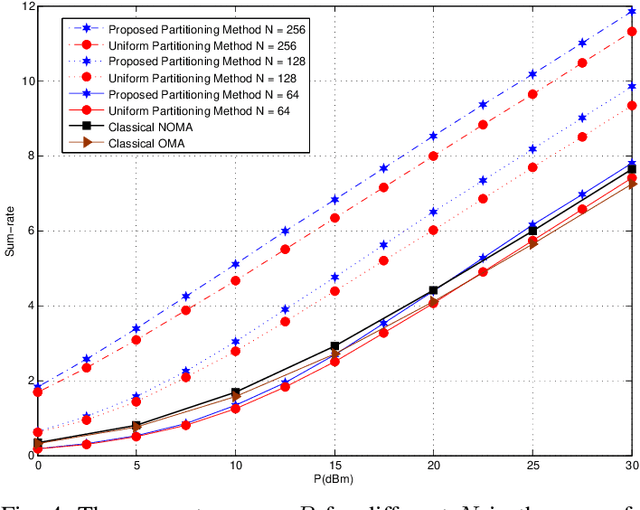
Abstract:In this paper, we propose simultaneous transmitting and reflecting reconfigurable intelligent surface (STAR-RIS) assisted non-orthogonal multiple access (NOMA) networks. The considered STAR-RIS utilizes the mode switching (MS) protocol to serve multiple NOMA users located on both sides of the RIS surface. Based on the MS protocol, each STAR-RIS element can operate in full transmission or reflection mode. Within this perspective, we propose a novel algorithm to partition the STAR-RIS surface among the available users. This algorithm aims to determine the proper number of transmitting/reflecting elements needs to be assigned to each user in order to maximize the system sum-rate while guaranteeing the quality-of-service requirements for individual users. For the proposed system, we derive closed-form analytical expressions for the outage probability (OP) and its corresponding asymptotic behavior under different user deployments. Finally, Monte Carlo simulations are performed in order to verify the correctness of the theoretical analysis. It is shown that the proposed system outperforms the classical NOMA and orthogonal multiple access systems in terms of OP and sum-rate.
 Add to Chrome
Add to Chrome Add to Firefox
Add to Firefox Add to Edge
Add to Edge